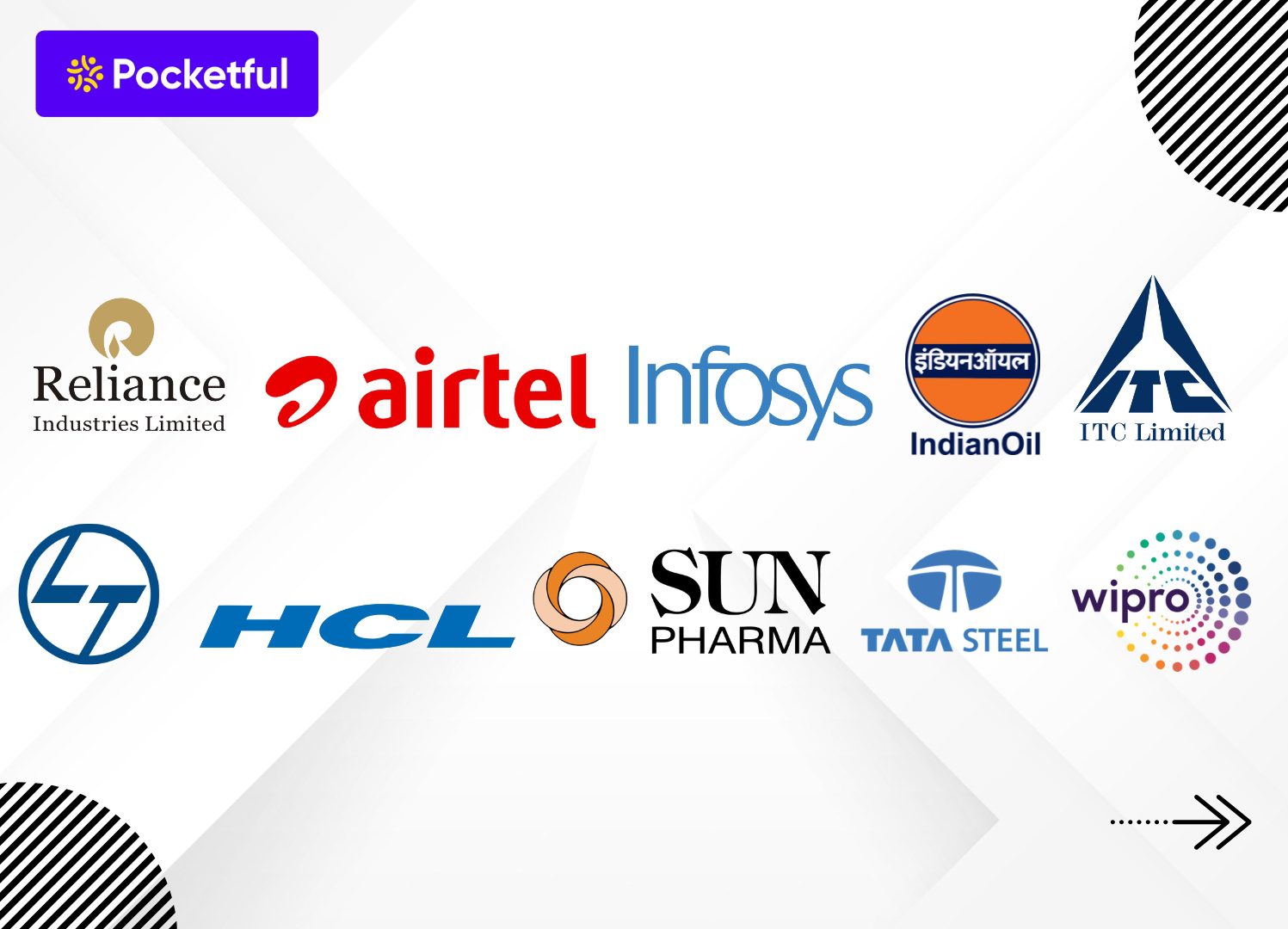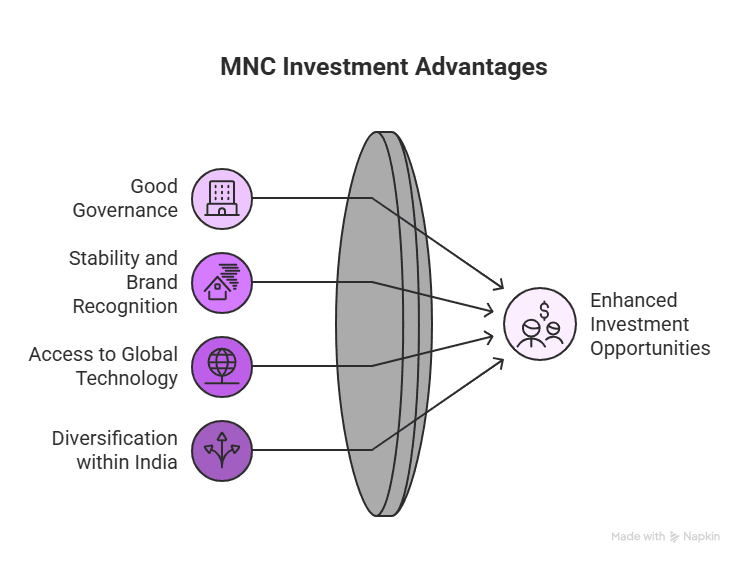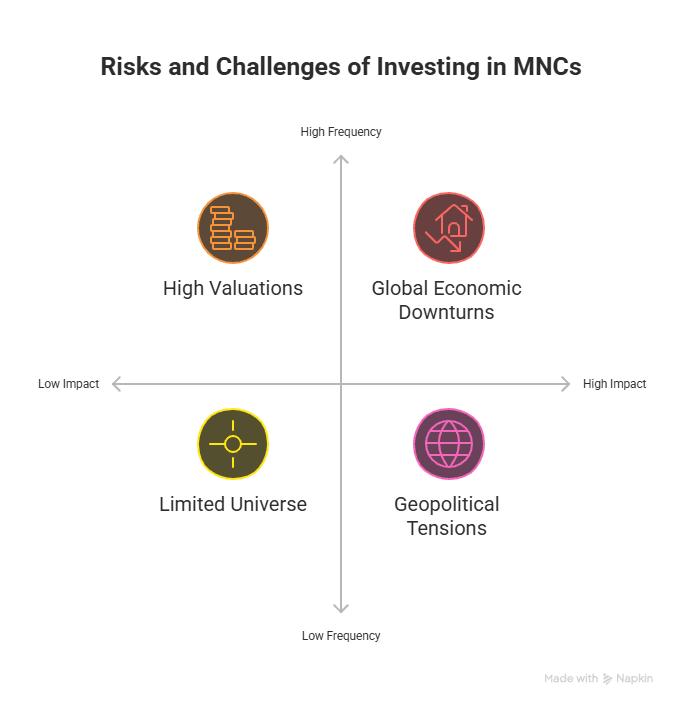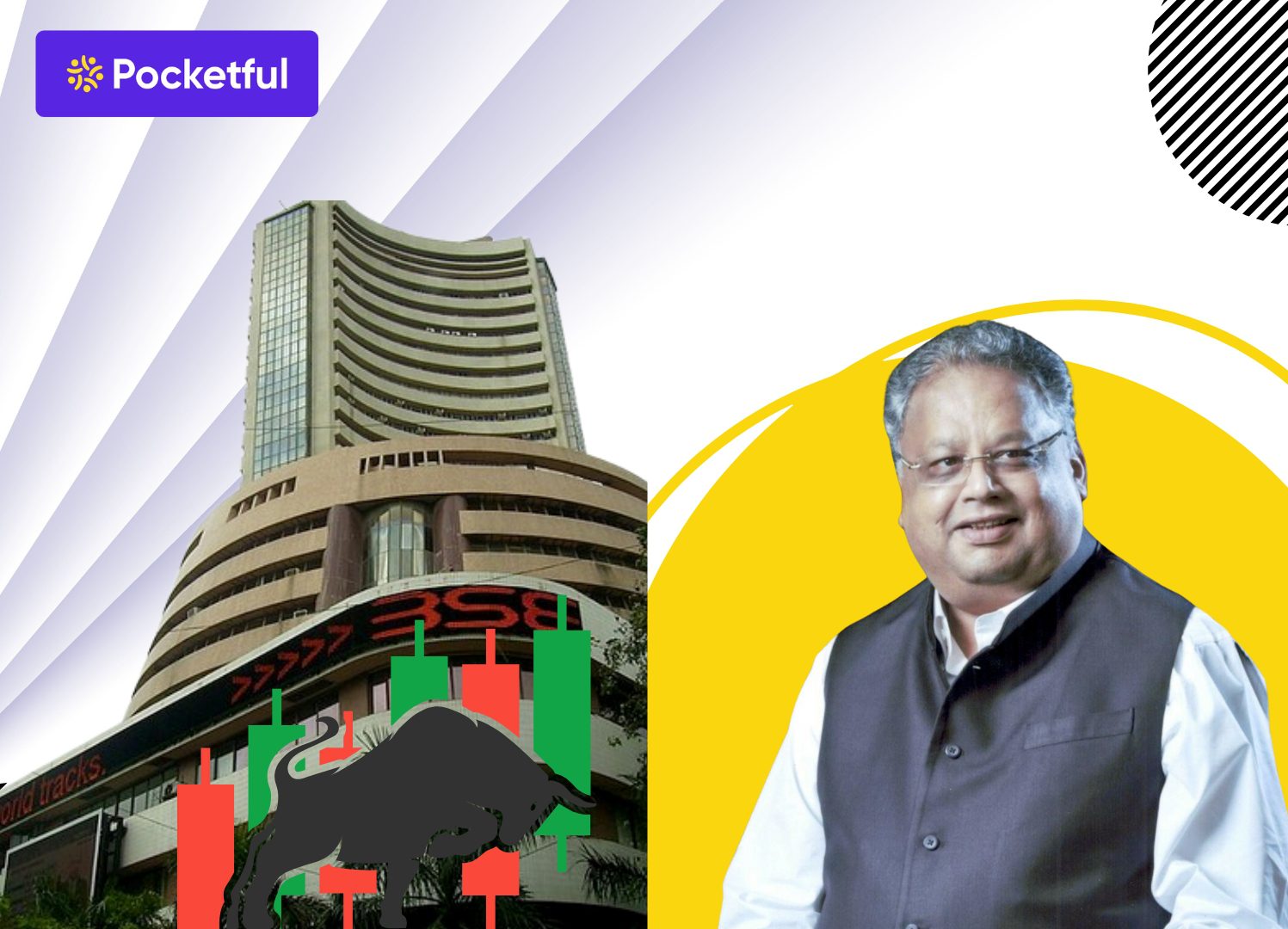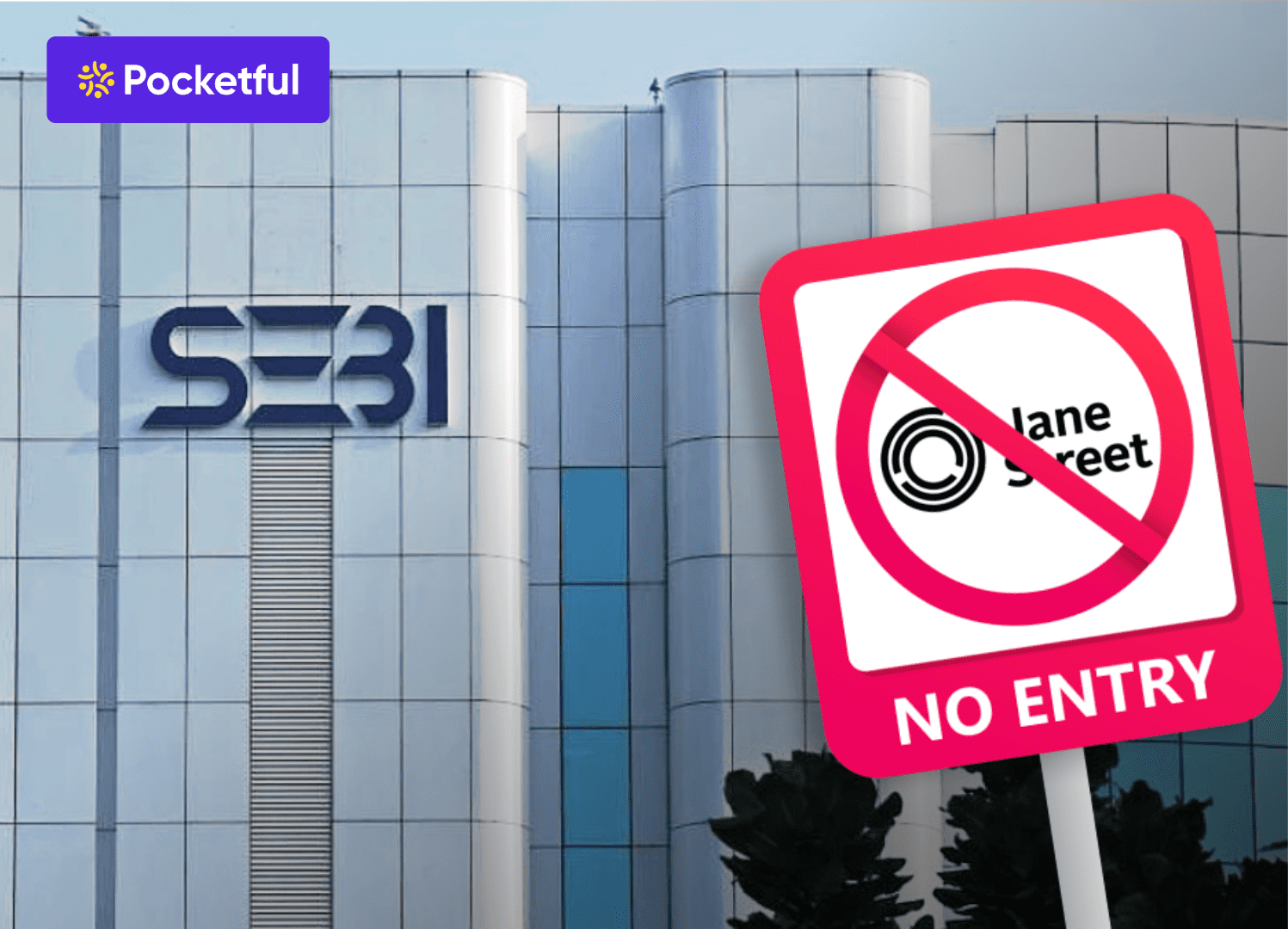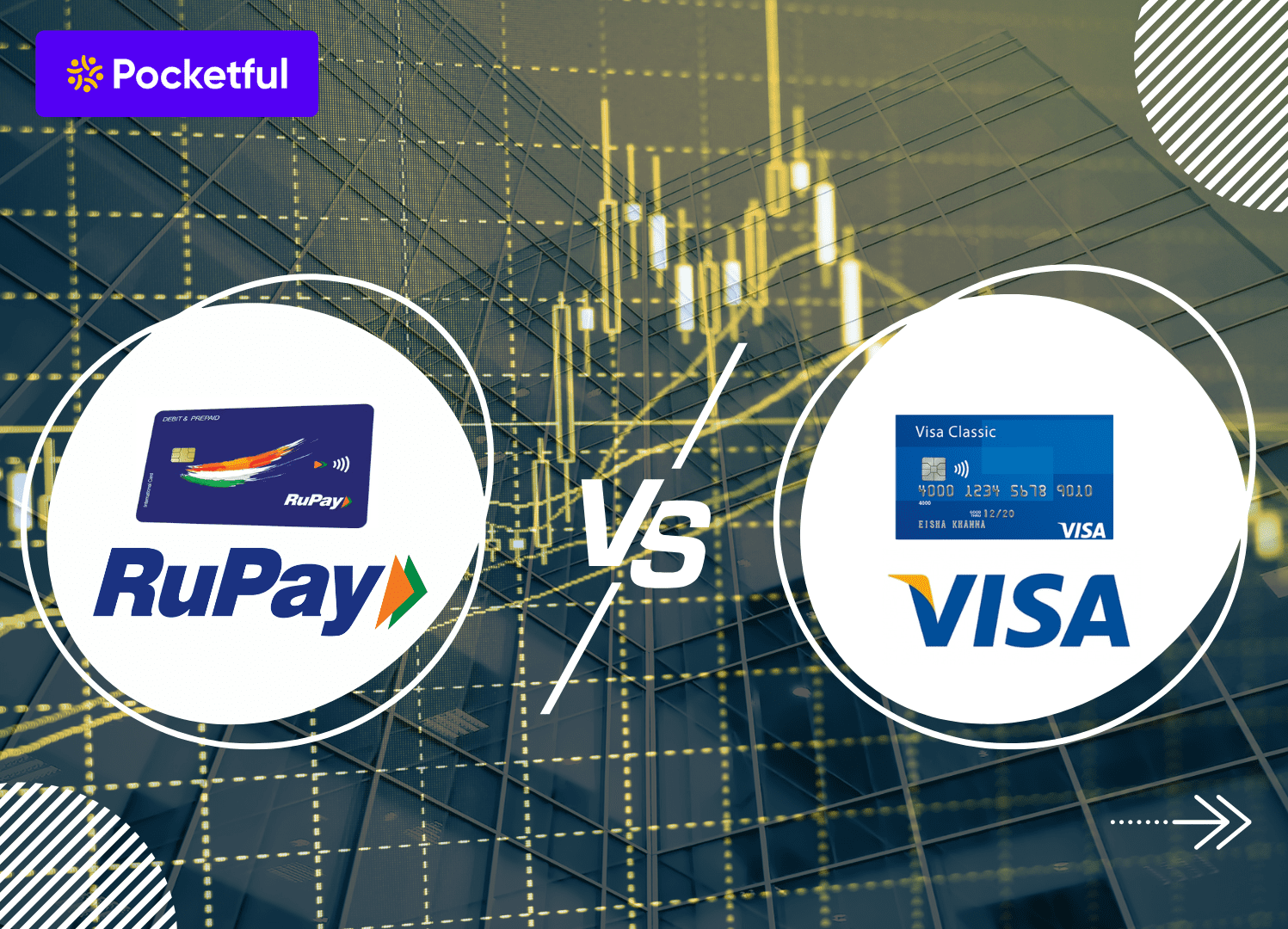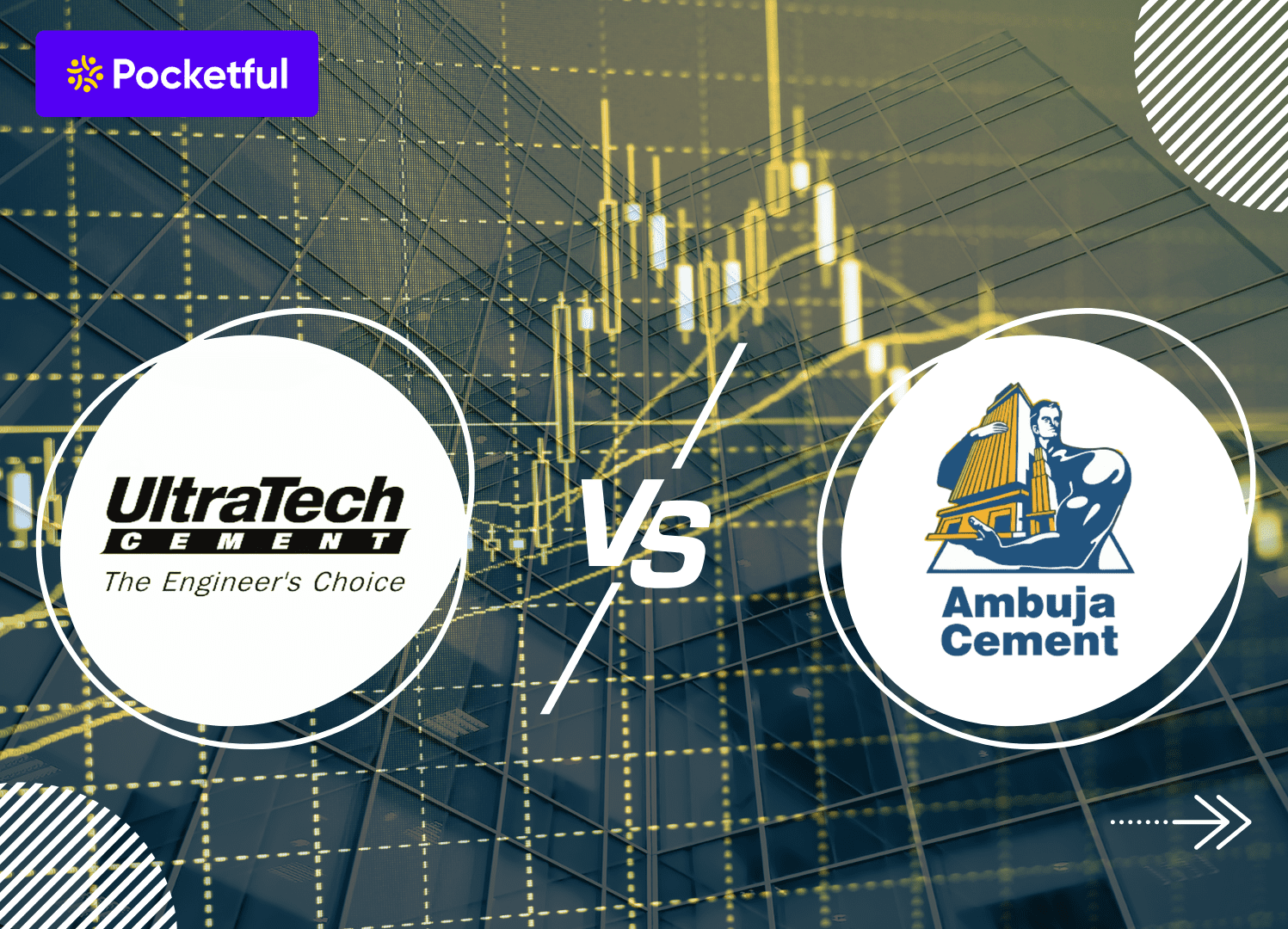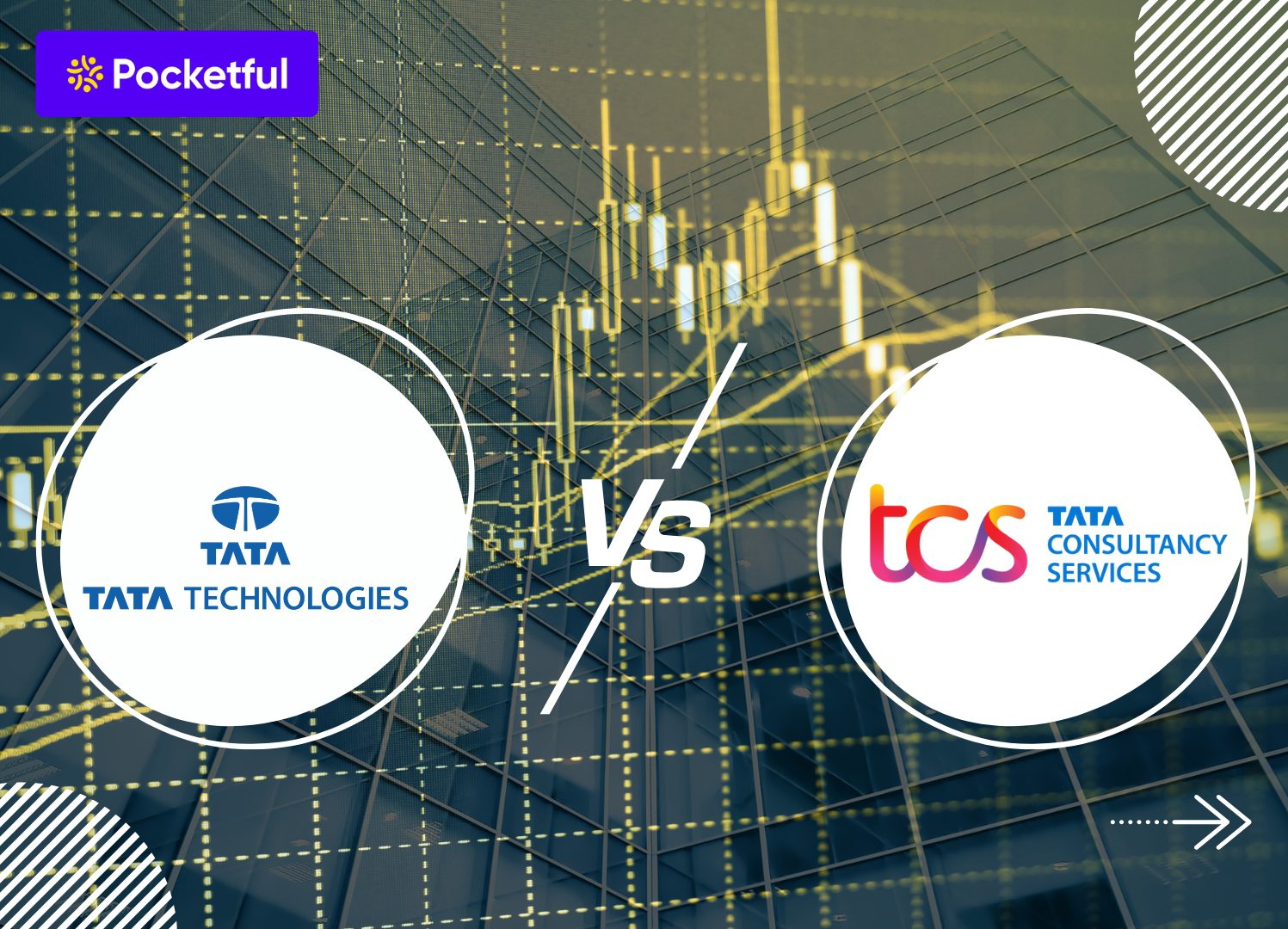Over the past few quarters, the inflation rate has been consistently declining, due to which there has definitely been relief for the general public, but salaries are stagnant and expenses on luxury items are constantly increasing. At such a time, it is not right to solely depend on one income. This is the reason why people are now looking for side income sources.
In this blog, we will tell you 20 effective and easy ways to earn extra income, which everyone can start along with their job or studies.
Top 20 Side Income Sources
Everyone’s financial objectives and skill sets are different, so here we have divided 20 income ideas into four different categories – so that you can choose the right option for you. Some side income ideas are entirely online, others cater to creative talents, a few involve financial investments, and several can be pursued on weekends or during your free time.
| Category | Side Income Idea |
|---|---|
| Online & Digital | Freelancing (Writing, Design, Tech)Online Tutoring / Course SellingBlogging / YouTube ChannelAffiliate MarketingSelling Digital Products (eBooks, Templates) |
| Creative & Passion | Stock PhotographyHandmade Crafts / Instagram StoreVoiceover / PodcastingMusic / Dance / Art ClassesReels / Short Video Content |
| Investment-Based | Stock Market (Dividends, Trading)Rental Income from PropertyMutual Funds / SIPREITsPeer-to-Peer Lending |
| Offline | Weekend Food Stall / Café Event Photography / VideographyRent out Vehicle / Tools Delivery Partner (Zomato, Swiggy etc.)Fitness / Yoga Classes |
Read Also: 10+ Best Investment Plan for Monthly Income in India
Detailed Breakdown: 20 Side Income Ideas You Can Start Today
A detailed breakdown of 20 side income ideas is given below:
1. Freelancing
In today’s digital era, freelancing is a great way to earn extra money from your skills. If you have any skill like writing, designing, coding or video editing, then you can make good money by working part-time for clients.
- How to start: Create a profile on websites like Fiverr, Upwork, Freelancer, prepare a portfolio of past work, and start with small projects.
- Who is best for: Students, job professionals, housewives and people who want to use extra time properly.
2. Online Tutoring or Selling Courses
If you have a strong hold on a subject like Maths, English, Coding or Finance then you can teach others online or create a self-paced course.
- How to start: Take classes from Zoom or Google Meet, or create and upload your course on platforms like Udemy, Unacademy.
- Who is better for: Teachers, students, working professionals and subject experts.
3. Blogging or YouTube Channel
If you like writing or making videos, then by starting a blog or YouTube channel can help you gradually earn income from brand collaborations, ads and affiliates.
- How to start: Create blogs on WordPress or start making videos by choosing a niche on YouTube.
- Who is better for: Creative thinkers, students, part-time contributors.
4. Affiliate Marketing
Affiliate marketing is a method in which you share the link of a product or service and if someone makes a purchase through your link, you get a commission.
- How to start: Join affiliate programs of platforms like Amazon, Flipkart, Zerodha, and share links through blog or social media.
- Who is it best for: Bloggers, YouTubers, content creators and digital marketers.
5. Digital Products
If you can create something like resume templates, budgeting sheets, planners or mini eBooks then you can earn passive income without repeated effort.
- How to start: Create products with tools like Canva, Notion and upload them on platforms like Gumroad, Payhip.
- Who is it best for: Designers, students, writers and creatives.
6. Stock Photography
If you have good photography skills, you can sell your photos on websites like Shutterstock, Adobe Stock and get royalty.
- How can you earn: Depends on the quality of the photos and the number of downloads.
- How to start: Choose your best quality photos and upload them on stock photo platforms.
- Best for: Hobby photographers, travelers and visual content creators.
7. Handmade Crafts / Instagram Store
If you make things like candles, jewelry, art pieces or home decor, you can open your shop on Instagram.
- How can you earn: Depends on the uniqueness, pricing and marketing of your products.
- How to start: Create a professional page on Instagram, showcase products with good visuals and captions.
- Best for: Housewives, artists, students with creative minds.
8. Voiceover or Podcasting
If you have a strong voice and can speak well, voiceover projects or podcasting can also make a strong side income.
- How to start: Get a microphone and recording setup, and get started on freelancing sites or platforms like YouTube and Spotify.
- Best for: Communicators, speakers, storytellers.
9. Art, Dance or Music Classes
If you are skilled in any art like singing, playing, painting or dancing – then you can generate extra income by taking classes on weekends.
- How to start: Add students through word of mouth, local WhatsApp groups or Instagram.
- Best for: Artists, hobbyists, homemakers.
10. Making Instagram Reels / YouTube Shorts
Short videos are quite popular these days. You can increase your followers by creating innovative content and can attract brand deals or sponsorships.
- How to start: Create content on trending topics, post regularly, and use hashtags correctly.
- Who is it best for: Gen-Z, creative people, students, and influencers.
11. Stock Market
Investing in good stocks can provide regular income in the form of dividends over time. Some people also make profits from short-term trading, but it requires proper knowledge and some practice.
- How to start: Open a demat account on a platform like Pocketful, Zerodha, Groww or Angel One and start investing.
- Who is best for: Working professionals, students and people interested in finance.
12. Real Estate Rental Income
A stable income source can be created by renting out properties like flat, shop or office. This income can be quite good in metro cities.
- How to start: List your house or shop on a platform like MagicBricks, 99acres to contact a good tenant.
- Who is best for: Those who have property or space to rent out.
13. Mutual Funds / SIP
Investing a small amount every month through SIP can give good returns in the long term. This income is completely based on the market, but the risk is also balanced.
- How to start: Create an account on apps like Groww, Paytm Money or Zerodha Coin and start SIP by selecting a fund.
- Who is better for: Employed people, beginners in investing and financial planners.
14. REITs (Real Estate Investment Trusts)
Offers an opportunity to invest in real estate without buying property. By buying units in REITs, one can benefit from both rental income and growth.
- How to start: One can invest in popular REITs like Embassy, Mindspace through the stock market.
- Who is better for: Mid-term investors and people looking for stable income.
15. Peer-to-Peer Lending (P2P Lending)
One can earn side income by lending money to a needy person through the P2P platform and earning interest on it. This is an alternative investment option.
- How to start: Start investing by creating an account on RBI registered platforms like Faircent, LenDenClub.
- Who is better for: Investors with low risk tolerance and people looking for passive income.
16. Food Truck or Weekend Cafe Stall
Setting up a food truck or stall on a small scale on weekends can be a good source of income. There is always a demand for street food in metro cities, especially for new and unique food items.
- How to start: Decide on a location, get an FSSAI license and start with a small menu.
- Best for: Food lovers, chefs, etc.
17. Event Photography or Videography
Photography at events such as weddings, birthdays or corporate meetings is a popular side income source. With a creative vision and a little technical knowledge, this work can go a long way.
- How to get started: Start with a camera and basic gear, build a client base through Instagram or local networking.
- Best for: Photography enthusiasts, students, and creative people.
18. Renting out a car, room or equipment
Many times, there are resources lying around that are not being used like an extra room, bike or camera. You can rent them out to generate regular income.
- How to start: List on sites like Zoomcar, Drivezy, Airbnb or Rentomojo.
- Best for: Working professionals, travellers and those looking for passive income.
19. Becoming a delivery partner (Zomato, Swiggy, Dunzo)
A stable part-time income can be generated by taking out a few hours from your daily schedule for a delivery job. There is always a demand for food and package delivery in cities.
- How to get started: Register on the app, submit bike photographs and documents and choose the shift.
- Best for: Students, part-time workers and people with extra time.
20. Fitness trainer or yoga instructor
The passion for fitness is not just limited to health, it can also become a great source of income. Local classes, park sessions or online training can generate good income.
- How to start: Start with local parks, societies or online classes.
- Best for: Fitness lovers, health experts and certified instructors.
Read Also: Types of ITR: Which One Should You Choose?
How to Choose the Right Side Income for You
You can decide the right side income for yourself by considering the following points:
- Calculate time carefully : Every work requires time, some ideas require a little time every day, like blogging, while some can be done even on weekends, like classes or setting up stalls.
- Identify your skills and interests : The work you are comfortable with can turn into side income. Skills like designing, writing, video editing are useful in freelancing, while creative people can create content.
- Understand the budget and risk : Some ideas require some investment to start, like the food business or stock market. On the other hand, online tutoring or work on social media can be started without money.
- Start Small: Start on a small scale and gradually build a stable client base while learning.
- Work continuously : Patience and consistency are what turns your extra efforts into success.
Conclusion
Apart from a full-time job, it is now both necessary and wise to adopt a way to earn side income. Amidst the changing economic situation, rising inflation and future uncertainty, an additional source of income not only provides financial security but also gives a feeling of self-reliance. In today’s era, every skill and every hobby has value – you just need to start in the right direction. Only those who use their time properly and constantly learn something new are able to gradually create a strong second income. Small steps, right thinking and a little patience together can bring about a big change.
Frequently Asked Questions (FAQs)
What is the best side income source in India?
Freelancing, online teaching and content creation are good options.
Can I earn extra income while doing a full-time job?
Yes, many ideas discussed above can be done on weekends or in free time.
Do I need money to start a side income?
Some of the ideas discussed above can be started without any investment.
How much time does a side income source take?
One can start by working 1–2 hours daily to earn a side income.
Is it legal to have side income in India?
Yes, as long as the income is earned in the right way and taxes are paid.

